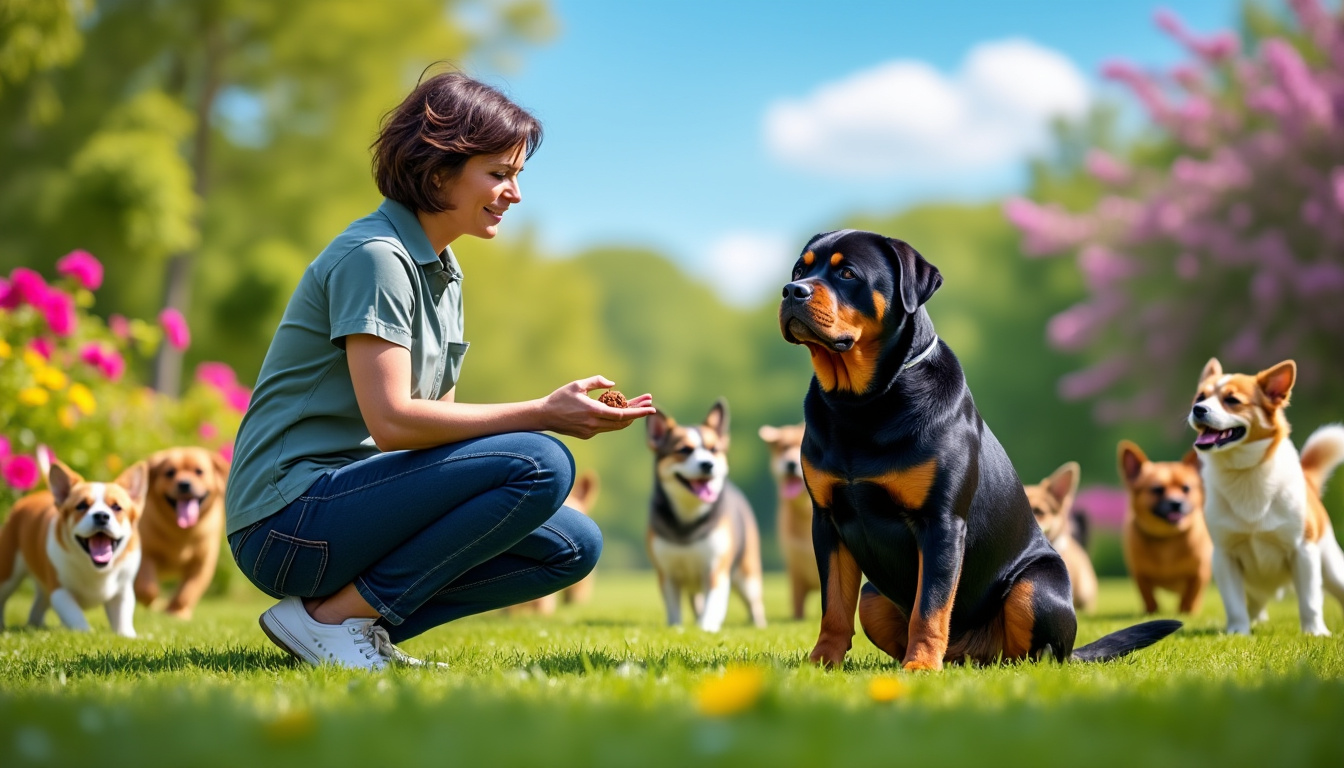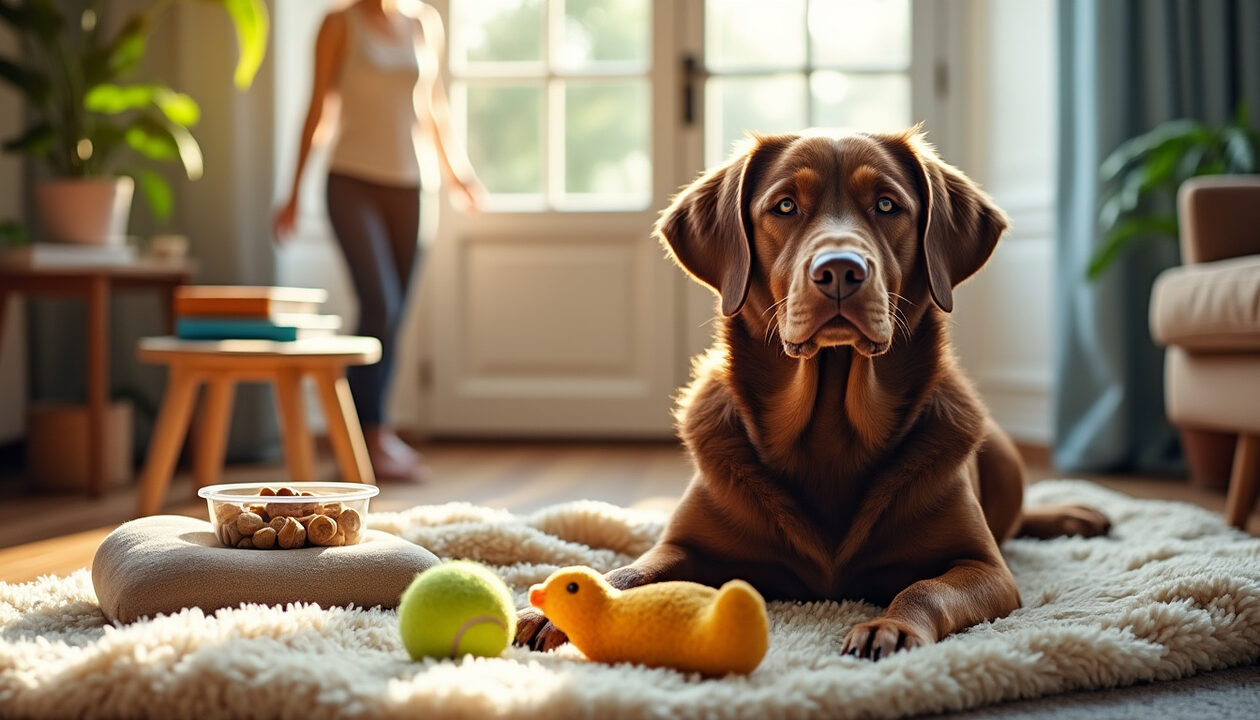Comment to manage aggression in dogs?
Managing aggression in dogs is a crucial issue for any owner of a four-legged companion. It is common to encounter dogs exhibiting aggressive behaviors, whether towards their peers or humans. Understanding the origins of this aggression and exploring suitable solutions ensures a harmonious coexistence. In this article, we will dive into the various causes of canine aggression, provide positive training methods, share practical tips, and discuss available professional alternatives.
Understanding the Causes of Aggression in Dogs
A good number of dog owners face their pet’s aggression without knowing the true causes. Before taking action, it is essential to identify what drives your dog to exhibit aggressive behavior. Several factors can contribute to this issue.

The Origins of Aggression
Aggression in dogs can result from several elements:
- Pain: A dog in pain may react aggressively to defend the affected part of its body.
- Fear: Sometimes, a dog shows aggression when it feels threatened. This defensive reaction is directly linked to its emotional state.
- Stress: Stressful situations like moving, excessive noise, or changes in routine can lead to aggressive behaviors.
- Protection: Some dogs may become protective over their food or toys, displaying aggressive behavior if they perceive a threat.
- Hormonal disorders: A hormonal imbalance, such as hypothyroidism, can also influence your dog’s behavior.
Observing the Dog in Action
To better manage your dog’s aggression, it is essential to observe its reactions in different situations. Take notes on the situations that trigger its aggression:
- Identify specific triggers that provoke aggressive reactions.
- Note the frequency and intensity of these behaviors.
- Analyze the context to understand if the reaction is primarily initiated by fear or a defensive instinct.
Effective Training Methods for Managing Aggression
A good positive canine education is based on respectful and caring methods. This approach focuses on positive reinforcement without resorting to violence or fear, which could exacerbate the aggressive behavior of the dog.
Using Positive Reinforcement
The education method based on positive reinforcement involves rewarding your dog when it exhibits a desirable behavior. This includes:
- Praising your dog when it remains calm around other animals.
- Using treats to reinforce calm behaviors.
- Positively highlighting desired interactions with strangers.
Progressive Desensitization
Desensitization methods are suitable to help dogs overcome their fears. This involves gradually introducing stimuli that cause anxiety or aggression at a level where the dog still feels comfortable. For example:
- Start by exposing your dog to the stimulus from a comfortable distance.
- Gradually bring the stimulus closer while rewarding the dog for its calmness.
The Importance of Non-Verbal Communication
Dogs are very sensitive to non-verbal signals. The way you interact with them through your movements, posture, and emotional warmth can influence their behavior. Therefore, adapt your communication.
Establishing a Connection Through Body Language
Using appropriate gestures is equally important. For example:
- Maintain eye contact to show your dog that you are attentive.
- Have a confident posture to project a sense of security.
- Adopt slow movements to avoid startling your dog.
Using an Appropriate Tone of Voice
The tone of your voice can enhance verbal communication while reflecting your state of mind. Here’s how to apply it:
- A calm and reassuring tone for stressful situations.
- An authoritative tone to give clear commands.
- Express your enthusiasm with a cheerful intonation for appropriate behaviors.
Consulting Professionals for Difficult Cases
When aggressive behaviors persist despite your efforts, it may be wise to seek help from a professional. This will allow for correct identification of the causes of aggression and the establishment of a rational treatment plan.
| Type of Professional | Specialization |
|---|---|
| Dog trainer | Specialized in positive training and education |
| Dog behaviorist | In-depth analysis of aggressive behaviors and creation of personalized plans |
| Veterinarian | Assessment of physical health and prescription of medications if necessary |
By consulting the right professional, you can find treatments for your dog’s aggressive behavior that are suitable and effective, whether it’s an anti-barking collar to correct certain behaviors or a more structured follow-up.
Veterinary Clinic or Behaviorist?
It is crucial to choose a professional who respects animal welfare. Make sure to:
- Check references and experience.
- Prefer a trainer who emphasizes an approach based on positive reinforcement.
- Request an initial appointment to assess compatibility.
Staying Patient and Consistent
The path to managing canine aggression can be long, but every small step counts. Continue to adjust your methods as necessary and be patient in your approach. By recognizing the warning signs of aggression rising, working with a canine education professional, or opting for natural methods like PawHut toys, progress will come.
By establishing a good working environment and committing to respect your dog’s learning pace, you can significantly improve the quality of your relationship with it.




